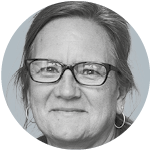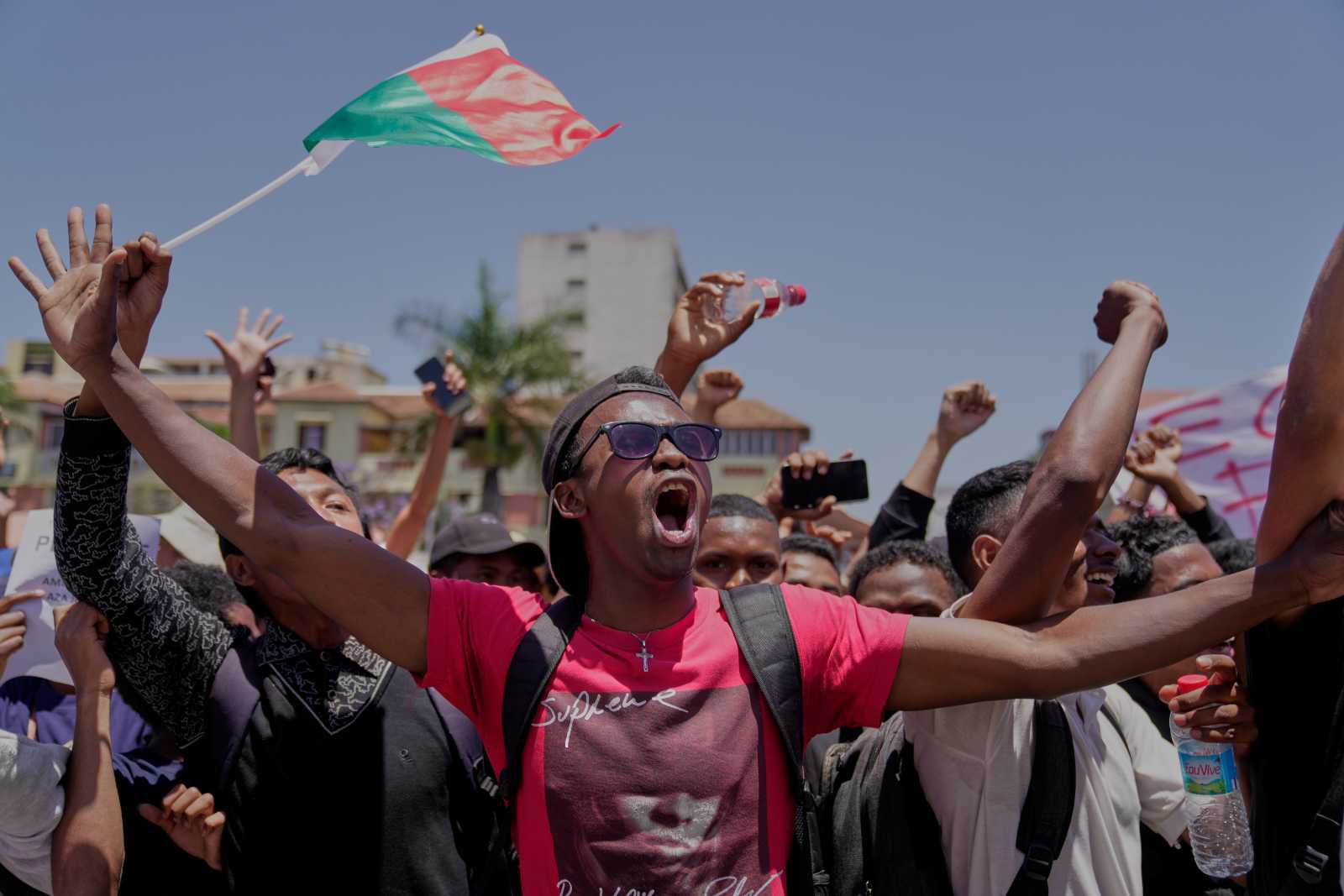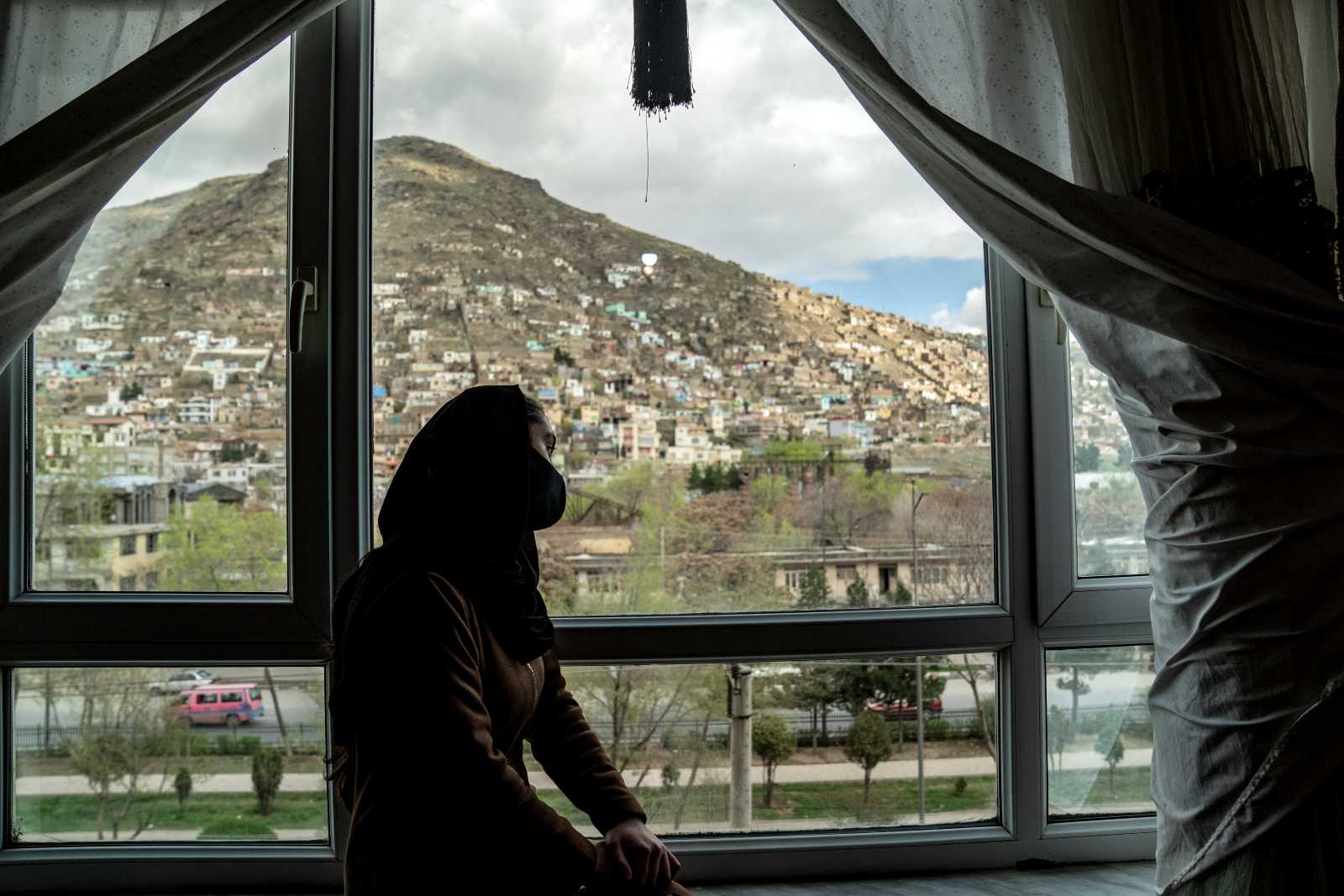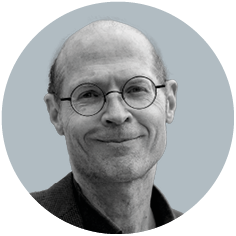Flight and displacement
Displacement is part of almost everyone’s history

“There is a refugee in us all”, Rupert Neudeck, founder of the aid organisation Cap Anamur, has famously said. He established the organisation in 1979 in order to rescue Vietnamese refugees from the South China Sea. Today, Cap Anamur is involved in activities around the world. Neudeck, who died in 2016, traced his engagement back to his own experience. As a child, he was forced to flee Danzig shortly before the end of World War II. The refugee experience shaped his life. It also became clear to him that migration is part of most people’s backgrounds.
Neudeck’s quote is mentioned in the book “Flucht – eine Menschheitsgeschichte” by historian Andreas Kossert. Stories of people who had to leave their homes are as old as humanity itself, Kossert writes. They are a central theme in all cultures, languages and world regions. Indeed, they are found in almost every family.
Kossert’s book covers a wide arc: from the expulsion of the first people from paradise, to the banishment of Jews, to the expulsion of Muslims from Spain in the Middle Ages, to the enslavement and abduction of people from Africa, to the terror fuelled by nationalism in the 20th century, up to the refugee movements of the present, which are being driven by civil wars, terror and the climate crisis.
Kossert focuses on Europe and the Middle East, though he also mentions Asia, Africa and Latin America. While the causes and circumstances that make people flee vary very much, refugees’ experience is quite similar, according to him. It is marked by violence, humiliation, fear, loss, pain, stress and hostility.
The author is not interested in presenting or examining the historical background of refugee movements. Hist topic is how the refugees themselves experience and represent their situation. He lets their voices be heard in personal testimonies, including interviews, diary entries and literary publications.
Disruption and loss
Flight always means a disruption that splits life into a “before” and “after”, Kossert writes. It is a break with one’s ancestors’ lives. What is left behind includes investments, land and even intangible values that had been passed on for generations. Obviously, the loss of neighbours and friends, the places of one’s previous life, even the cemeteries where one’s forebears are buried, matter too.
Many refugees leave their homes forever. Their previous lives end when they lock their front door. As Kossert explains, the key becomes the symbol for everything that was left behind. It is often carefully retained for the day of return, which – in all too many cases – never comes. A considerable number of people pass keys on from generation to generation. That habit was already common among Sephardic Jews in the 15th century. Other refugees take along a symbolic handful of earth. That is what the Ukrainian Anna Sudyn did, when she was expelled by the Polish army after World War II, not wanting to be laid to rest entirely in foreign soil.
Refugees change societies
Even after finding supposed safety, the experience of losing one’s home and becoming a refugee is deeply traumatising. Humiliation and violence, as well as forced labour and physical stress, foreignness in the country of arrival and grief over losses weigh heavily on people. Women and girls are particularly vulnerable.
“Whether they come from Syria, Silesia or Myanmar, refugees serve as projection screens for those who fear to fall behind or see their personal security threatened in the countries they arrive in,” Kossert points out. In such contexts, refugees’ individual fates do not count. According to Kossert, “the” refugees are turned into a faceless hoard that deserves no sympathy. Terms like “flood”, “avalanche”, “wave” or “stream” promote the perception of them being a kind of natural disaster that must be held back with high walls and dams.
What xenophobia neglects is that refugees can enrich and modernise host societies. Kossert illustrates this aspect by referring to German history. After World War II, 14 million displaced persons fled to the allies’ four occupation zones in Germany. They brought along knowledge and skills, maintaining traditions regarding, for instance, music and food. Indeed, refugees enrich the menus of their host countries almost everywhere.
For individuals, flight and displacement are a human tragedy. Seen on a larger scale, they’re a global catastrophe. But as Kossert shows, the refugees are not the cause – whether in the Mediterranean Sea or elsewhere. Political decisions turn people into refugees. It might happen to anyone – and it is happening to more and more people, Kossert emphasises. He wants the causes of flight to be tackled in cooperative efforts. That includes ostracising the perpetration of the violence that leads to flight and displacement. The author considers it important to raise international awareness.
References
Kossert, A., 2022: Flucht – Eine Menschheitsgeschichte (“Flight – a story of humanity” – at present only available in German). Munich, Pantheon. Original publisher: Munich, Siedler, 2020.
Dagmar Wolf is D+C/E+Z’s office manager.
euz.editor@dandc.eu














